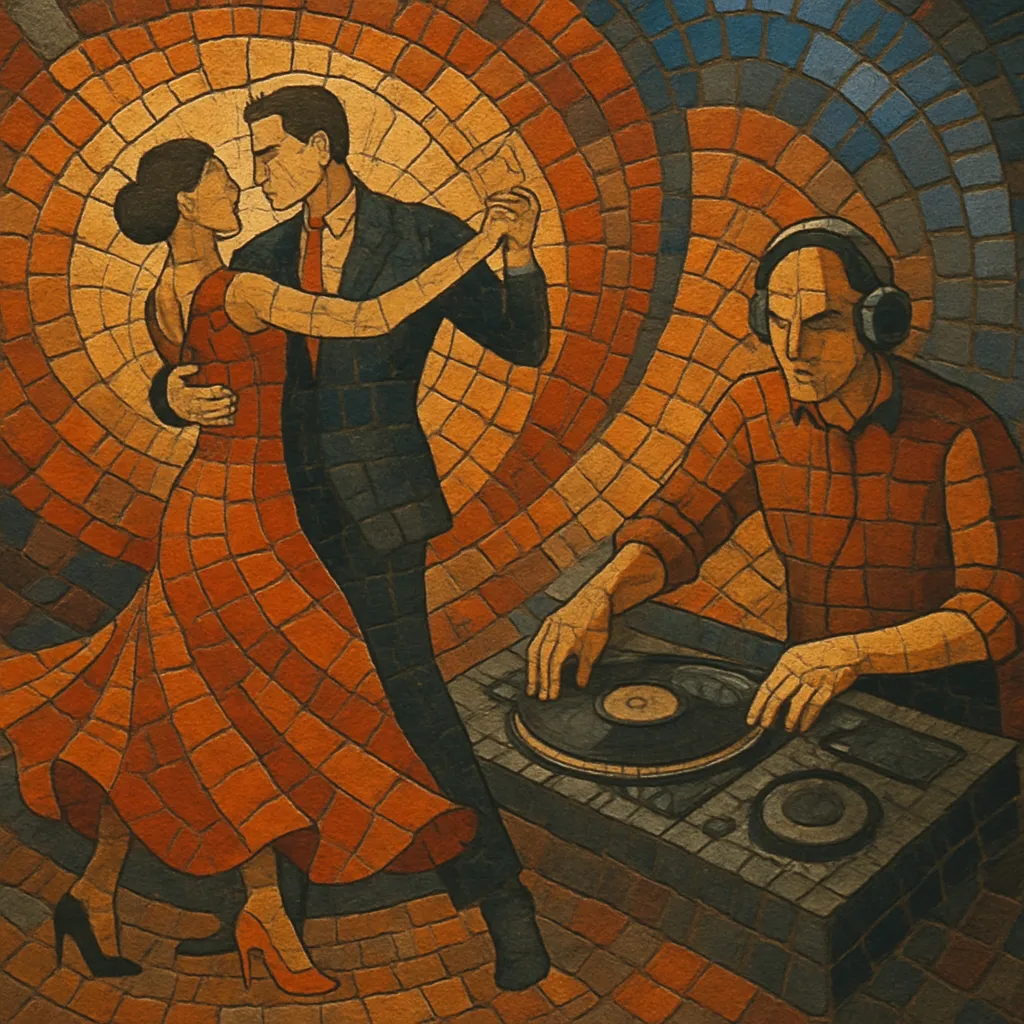Ballroom house is a high-energy, percussive branch of house music created to soundtrack voguing and runway categories in the Black and Latinx LGBTQ+ ballroom scene.
It typically runs at 124–130 BPM in straight 4/4, foregrounding pounding kicks, tumbling toms, razor-sharp claps, and the iconic "Ha" crash (popularized by Masters at Work’s 1991 The Ha Dance). Harmony is sparse and functional—short stabs, drones, or a single-note bass—so that rhythm and call-and-response with commentators drive the floor. Tracks often feature chopped chants (e.g., "work," "serve," "tens") and space for dips, spins, and hand performance.
Designed for battles and runway walks, ballroom house prioritizes dramatic builds, hard drops, and extended percussion passages that cue specific movements, making it both a dance idiom and a living accompaniment to ballroom culture.
Ballroom house emerged within the New York and Newark ballroom circuits as DJs adapted house music to the needs of voguing and runway categories. The watershed moment was Masters at Work’s KenLou project releasing The Ha Dance (1991), whose staccato crash—"Ha"—became the scene’s rhythmic exclamation point. Producers and DJs tailored house’s 4/4 framework with heavier toms, sharper claps, and chant-friendly breaks to match the punctuated movements of catwalks, spins, and dips.
As balls grew beyond underground venues, the sound absorbed elements from tribal house (for drum weight) and circulated alongside Baltimore and Jersey club in the Tri-State area, encouraging faster fills, chopped vocal hits, and more aggressive drum programming. Iconic commentators became featured voices on tracks, cementing the call-and-response dynamic between DJ and runway.
Collectives and labels—most visibly Qween Beat and artists like MikeQ—formalized a modern production language for ballroom house and exported it to clubs and festivals worldwide. Streaming and social media accelerated its global reach, while television shows rooted in ballroom culture (e.g., competitive and dramatized series centered on houses and balls) helped mainstream the sound. Pop and experimental club producers incorporated ballroom signifiers (the "Ha" crash, commentator chops, tom barrages) into deconstructed club and chart pop, even as dedicated ballroom producers continued to craft tracks purpose-built for categories on the floor.


